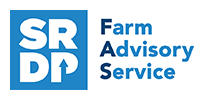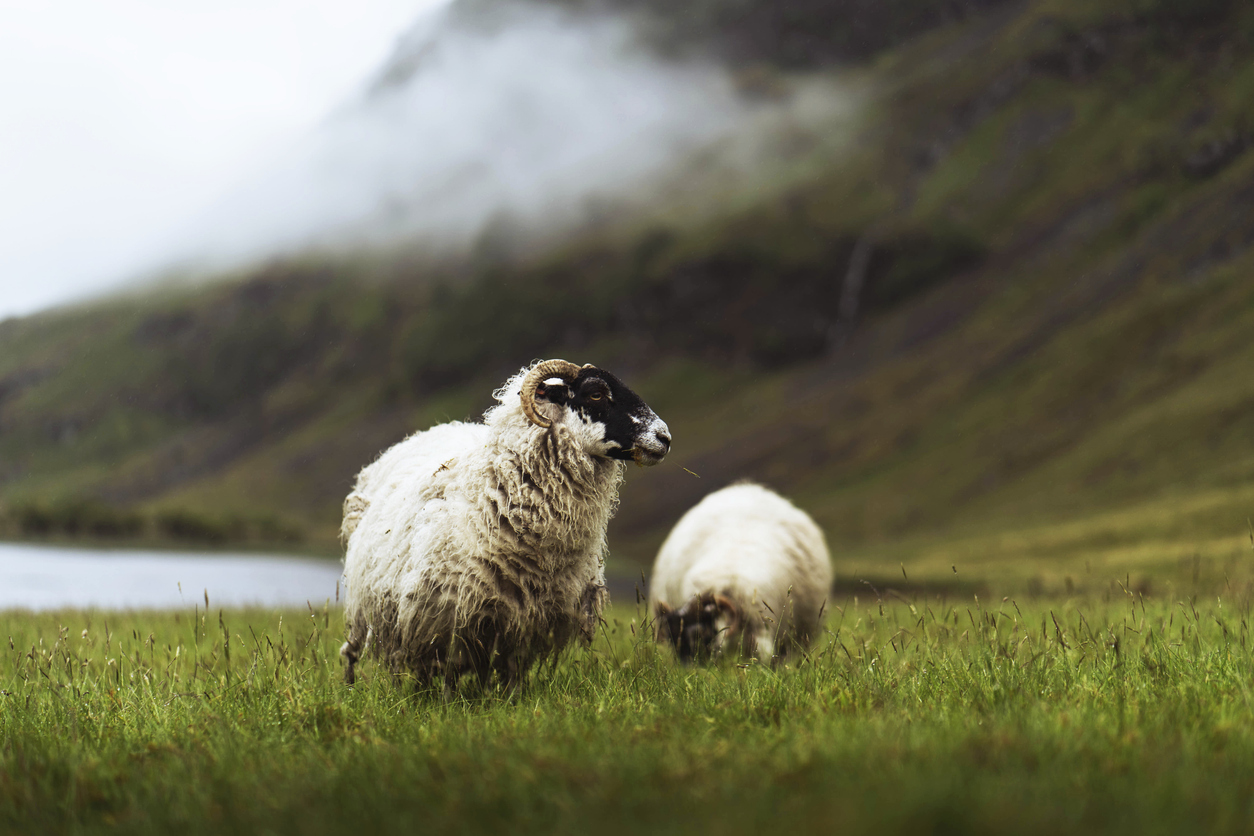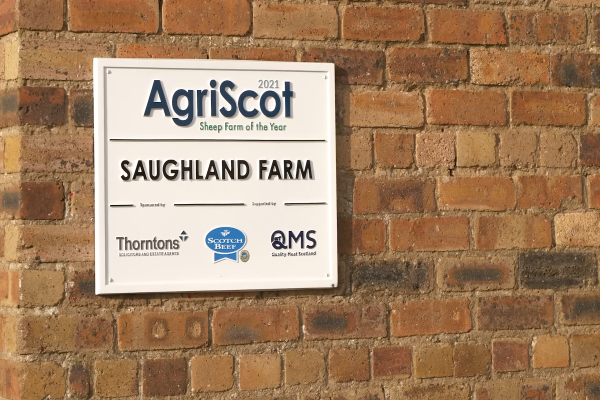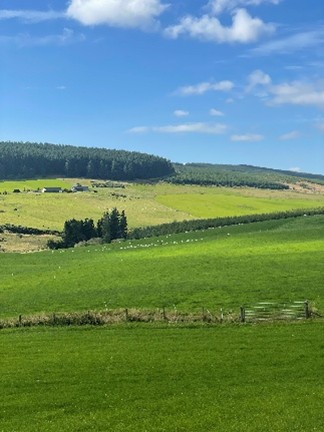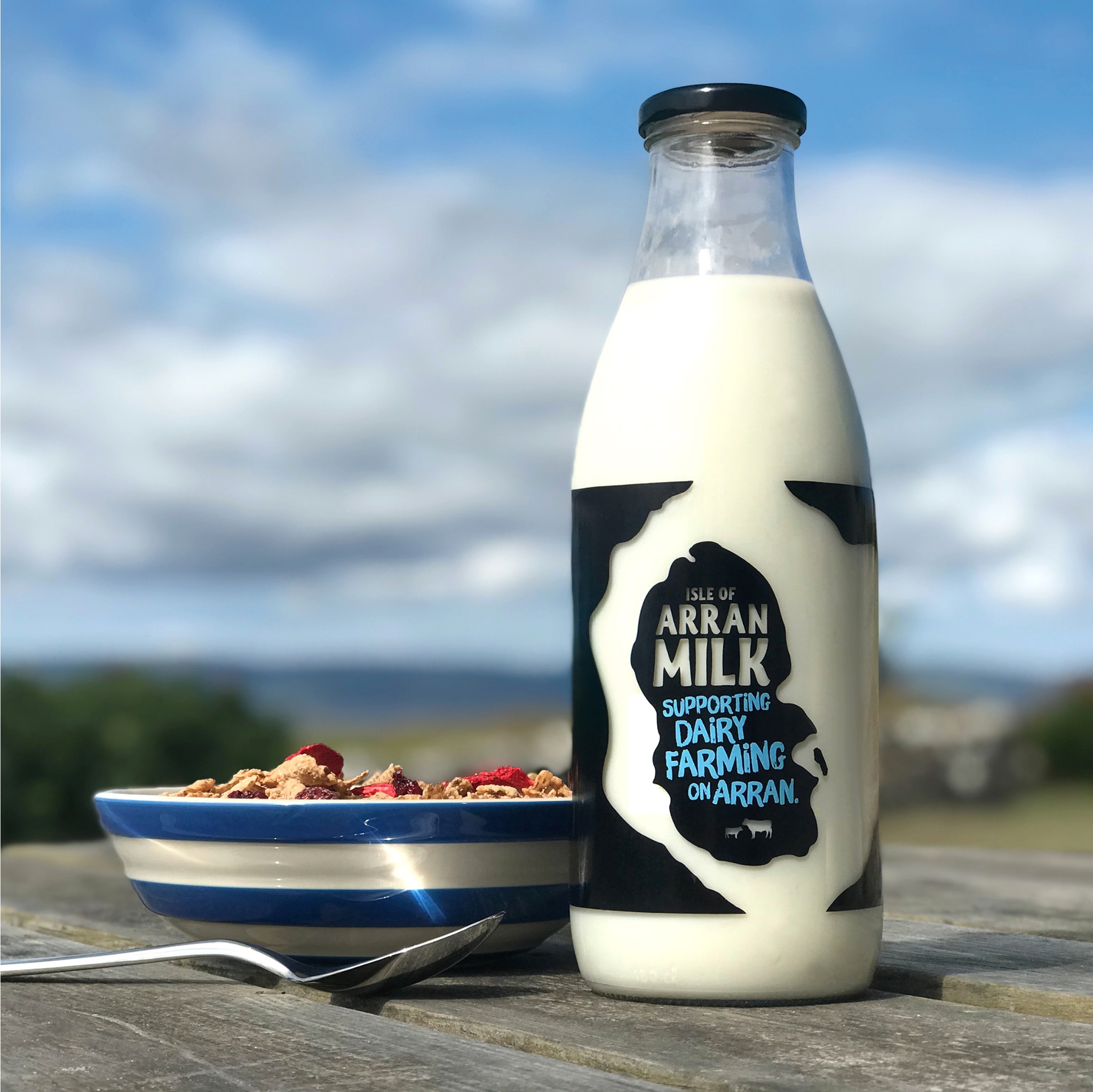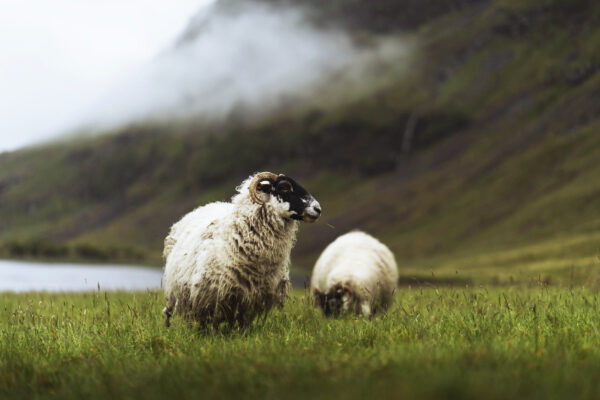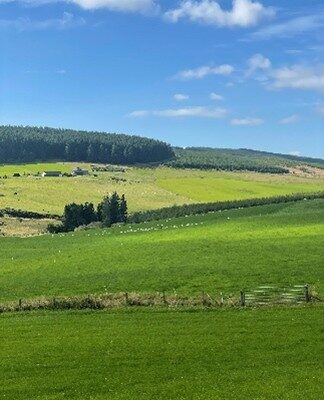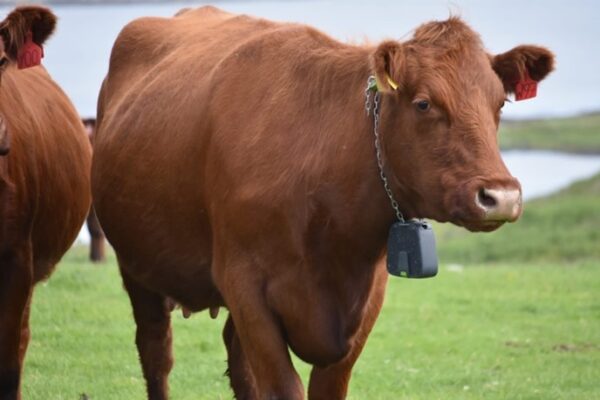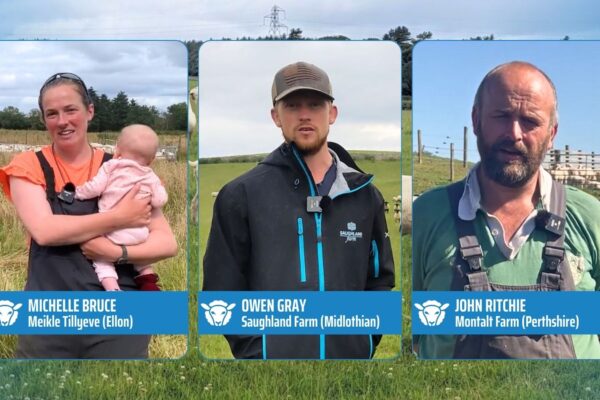Monitoring Flock Performance Case Study (North)
3 June 2025Michelle Bruce, Meikle Tillyeve, Udny, Aberdeenshire
Data driven flock
Michelle collects data throughout the year, using a handheld stock recorder. This allows her to capture key data at handling times, to then analyse and make flock decisions, to increase the productivity of the flock for the future. The aim of the flock, is to have a maternal ewe, rearing two lambs, and weaning 100% of her body weight annually.
The business breeds their replacements from their “A Flock”, this is made up of the ewes, who consistently wean 100% of their body weight. If a ewe does not wean 100% of her body weight, she will be downgraded to the B Flock. Once in the B Flock she will remain here and will not be upgraded to the A Flock. If a ewe is downgraded, then her ewe lamb will not be retained in the flock.
The sheep are predominantly Lleyn breeding, with the breed of tup including various sires. Michelle breeds and retains her own replacement stock. The replacement ewe lambs are tupped as hoggs. The male lambs, and ewe lambs not retained for breeding, are marketed privately as store lambs.
The Farm by Numbers:
Farm type: Mixed grassland and arable 110 acres (44.5 ha)
Main enterprise: 700 breeding ewes
Diversification: Sheep dog demonstrations and training
Meikle Tillyeve is situated near the town of Ellon, in the North East of Scotland. It is a mixed farm extending over 110 acres (44.5 ha) of arable, and grassland. The land is predominately sown to grass, however cropping on the unit comprises of spring barley and swedes. The main enterprise on the holding includes the 700 strong sheep flock. In addition, the farm is home to Aberdeenshire Sheep Dogs, a diversification where the business offers sheep dog demonstrations for the public and training clinics for other sheep dog owners/enthusiasts. In addition to the sheep and dog demonstrations/training, Michelle also works off farm as an agricultural consultant.
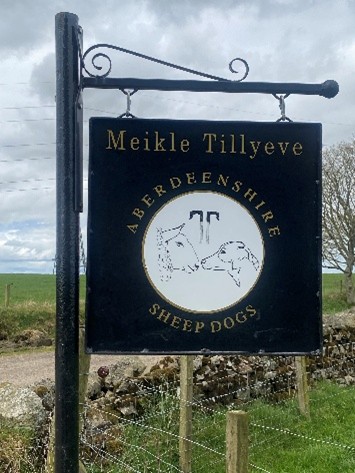
Data Driven Flock
Michelle collects data throughout the year, using a handheld stock recorder. This allows her to capture key data at handling times, to then analyse and make flock decisions, to increase the productivity of the flock for the future. The aim of the flock, is to have a maternal ewe, rearing two lambs, and weaning 100% of her body weight annually.
A Flock
The business breeds their replacements from their “A Flock”, this is made up of the ewes, who consistently wean 100% of their body weight. If a ewe does not wean 100% of her body weight, she will be downgraded to the B Flock. Once in the B Flock she will remain here and will not be upgraded to the A Flock. If a ewe is downgraded, then her ewe lamb will not be retained in the flock.
Pre Tupping
Data is analysed from the previous breeding year, after weaning and prior to tupping, to allow flock decisions to be made. The key analysis includes,
- Lamb weaning weight
- Ewe weaning efficiency
- Weaning %
- Lamb deaths from tagging to weaning and birth to tagging
- Number of ewes scanned in lamb and not in lamb
- Ewes lost lambs
From this data decisions are made, to which tups are used, and which ewes remain in the elite A flock. For an example for the 2024 lamb crop, from the data, one tup did not perform in weaning weight, with his lambs being 1.53kg below the average weaning weight. He was not used for breeding in the flock after this.
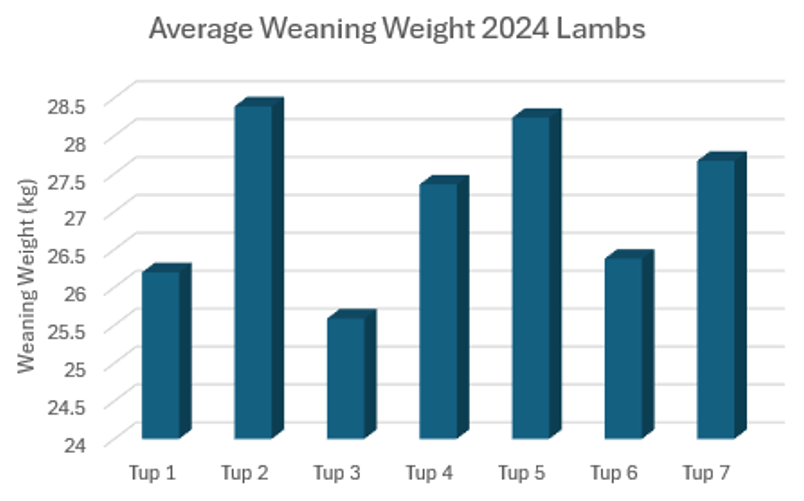
Ewes are removed from the breeding flock if their weaning efficiency is poor, if they have had more than one treatment for feet or their body condition has not recovered from weaning.
The ewes are all scanned in their tupping groups, allowing for sire identification of all lambs. With an average ewe size of 65kg, ewe lambs must be at least 40kg before being tupped.
Lambing
The ewes are lambed in April/May, with ewes having access to sheds and a poly tunnel at night, and out at grass through the day (weather dependant). Once a ewe lambs, she is individually penned for 24 hours with her lambs. Each pen has a lick tub lid, where information is recorded, to then be entered into the stock recorder. This includes, when she lambed, any lambing issues, if they require extra attention, and how she has performed in terms of lambing, maternal instincts and milk availability.
Prior to being moved to a nursery pen the lambs are marked and tagged. Castrated males are identified with a single slaughter tag, while ewe lambs are double tagged, with EID and management tags being used. These are then scanned and recorded on the stock recorder and matched with their mother, along with the following data.
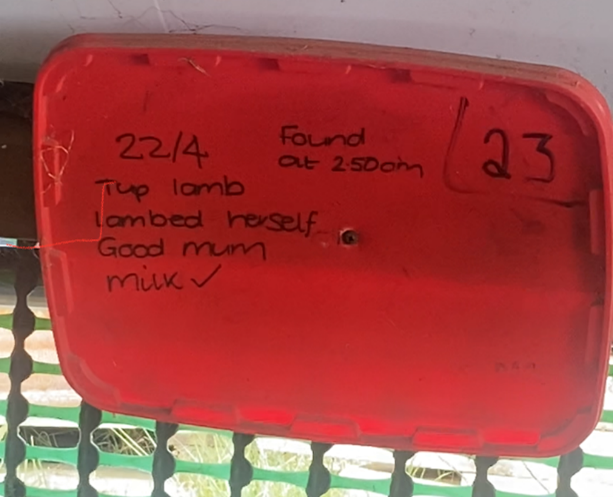
| Ewe | Lambs |
|---|---|
| Mothering Ability (1-5) | Vigour at Birth (1-5) |
| Milk (1-5) | Ease of Birth (1-5) |
1 = Poor, 5 = Excellent

6-8 weeks
Ewes and lambs are gathered at 6-8 weeks old for routine vaccination and worming if required on faecal egg count (FEC) results. Lambs are all weighed and recorded at this point, allowing for knowledge of how the lambs and ewes are performing. Management can be altered using this data.
Weaning
Weaning allows for the lambs to be weighed, giving Michelle the knowledge of the ewes performance to weaning. This allows for decisions to be made on who remains in the A flock, and tup choice for the following year. At this point ewes are put onto rough grazing, while any leaner ewes are managed on the best grazing with the ewe lamb group.
Tips For Monitoring Your Own Flock Performance
- Do analysis after weaning and in advance of tupping
- Identify what data is important to your system and what you want to track (weaning weight, weaning efficiency etc)
- Gather data at multiple points for more accuracy
- Find a method of data recording that suits your system
Vlog Series
FAS has followed Michelle from weaning 2024 through to lambing 2025 on a vlog series, watch her journey here - Monitoring Flock Performance Vlog Series | Helping farmers in Scotland
Kirsten Williams, SAC Consulting
Useful FAS Resouces:
Technical note (TN747): Recording lamb traits | Information helping farmers in Scotland | Farm Advisory Service
Promoting Lamb Survival Information Sheet | Information helping farmers in Scotland | Farm Advisory Service
Using Estimated Breeding Values In Sheep | Information helping farmers in Scotland | Farm Advisory Service
Sign up to the FAS newsletter
Receive updates on news, events and publications from Scotland’s Farm Advisory Service
